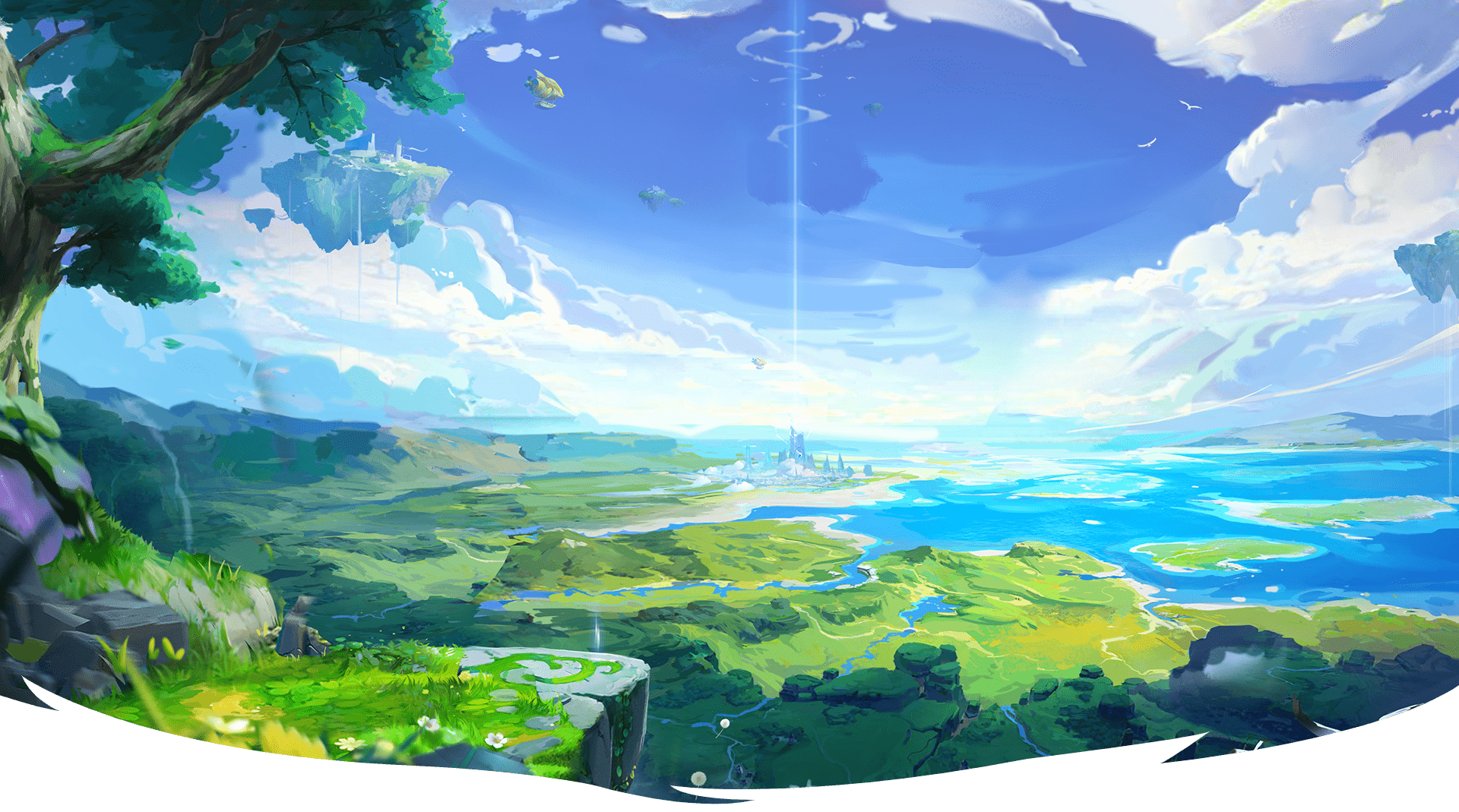- Home
- Shop
- Forest Series
- Grassland Series
- Desert Series
- Contact
- Home
- Shop
- Forest Series
- Grassland Series
- Desert Series
- Contact

Kangaroo Series





MANUAL CONTROL&REMOTE CONTROL
Certificated with ASTM-F963, this car supports both parent control and kids manual operation. Children can simply drive the car forward and backward via the foot pedal and the steering wheel, while parents can control the car and change 3 velocities by 2.4G remote controller.
HIGH-QUALITY CONSTRUCTION
Providing long-lasting strength and use, this SUV car uses expertly crafted durable plastic to withstand endless hours of play. This kids ride on is sturdy for long-term outdoor and indoor use (withstand the weight up to 66 LBS).
GREAT CHRISTMAS GIFT IDEA
With front&rear lights, realistic engine sounds, double doors and so many functions, Tobbi 12V kids ride-on car makes a perfect gift for birthdays, festivals and other gift-giving occasions. Both boys and girls will entertain themselves for hours.
FUN ENTERTAINMENT
It is a stylish car with volume-adjustable horn, easy start/stop button, truck and a handle for easily moving. Kids can also enjoy the radio or play their favorite music through connect device by USB port, TF card slot which brings a lot of fun when riding in the car. After 1-2 h, when the battery is low, the power display will remind you to charge the car.


CHARACTERISTICS
The Chipmunk is a member of the family Mammalia, Rodentia and Sciuridae. It is also known as the Striped Squirrel, the Timber Tiger and the Mini-bear. The body length among most Chipmunks ranges from 5.5 to 6.3 inches and the tail length is 5 Inches. Chipmunks typically weigh about 0.02 pounds and live about 5 to 10 years. They have small but prominent ears which face forwards, and small eyes on the sides of their heads. Most wild Chipmunks are lively.


Lorem ipsum dolor sit amet, consectetur adipiscing elit. Ut elit tellus, luctus nec ullamcorper mattis, pulvinar dapibus leo.


CHARACTERISTICS
The Common Wallaroo is a kangaroo of a rather stocky build, with coarse, shaggy fur, no hair on its muzzle, a relatively short and thick tail, and a characteristic upright hopping style. Its robust body shape, having shorter limbs than other species of kangaroo, may be an adaptation due to leaping around on rocks, with short, broad hind feet which have roughened soles for extra grip. The male can be up to twice the female’s size, with particularly thick-set forearms and shoulders.

RANGE AND HABITAT
The Common Wallaroo can be found throughout most of Australia, except Tasmania. It usually lives on rocky hills, caves and rock formations with large overhangs that can provide shade during the day. It also shelters in shrubland along streams, near their main sources of food and water.

DIET
Common Wallaroos are herbivorous, grazing mostly on shrubs and soft-textured grass.

BEHAVIOR
Habits and Lifestyle
Common Wallaroos are mostly solitary and nocturnal, and occupy a relatively small and stable home range close to water or a rocky outcrop, and moving from rough country to feed on shrubs and grasses in adjacent areas. Small groups will sometimes form around valued resources, but these are usually quite loose as regards size and composition. These animals move by hopping on their huge hind legs, moving to new feeding areas that are within their home range. Male Wallaroos sometimes fight or “box” with each other, mostly using their powerful feet for kick-boxing until one contestant gives way. Males display dominance like this in order to maintain social hierarchy or gain access to females to mate with. Common Wallaroos all interact with each other by grooming, although this behavior is more common between cubs and their mothers.
Mating Habits
Common Wallaroos are polygynous, which means that one male mates with multiple females. To attract a mate, a male displays his dominance to other male Wallaroos through frequent fighting, as well as displaying themselves for the females to see. Wallaroos mate throughout the year. A single joey is born after gestation lasting 30 to 38 days, then the tiny animal must climb up through its mother’s fur into her pouch, where it can be nursed. The baby stays in its mother’s pouch for protection and feeding and remains inside full time until it is 6 months old. It may occasionally fall out of the pouch, but quickly climb back in. Weaning usually takes place around the age of 15 to 16 months. The mother waits until weaning before she mates again. Males are usually sexually mature at 18 to 19 months old and females at 22 months old.
Population
The Common Wallaroo is faced with no major threats, although it is legally killed in some areas for skins and food, and as a result of alleged damage to crops and pastures. It is estimated to comprise only around three percent of the total commercial kangaroo quota. The Barrow Island euro subspecies, which lives on Barrow Island, suffers from fatalities on roads and habitat degradation due to the development of oilfields.
According to the Australian Government Department of the Environment, the total number of the Common Wallaroo is 4,383,203 individuals, including 1,800 individuals of the Common Wallaroo subspecies from Barrow Island. Common Wallaroos’ numbers are stable today and they are classified as least concern (LC) on the IUCN Red List.
Common Wallaroos, through their grazing, help disperse seeds within their ecosystem.

The Chipmunk is a member of the family Mammalia, Rodentia and Sciuridae. It is also known as the Striped Squirrel, the Timber Tiger and the Mini-bear. The body length among most Chipmunks ranges from 5.5 to 6.3 inches and the tail length is 5 inches. Chipmunks typically weigh about 0.02 pounds and live about 5 to 10 years. They have small but prominent ears which face forwards, small eyes on the sides of their heads. Most wild Chipmunks are lively.
The Red Squirrel, a member of the Sciuridae, is an arboreal, omnivorous rodent often referred to as a Forest Seeder and folklore as the Devil King Squirrel.
The Arizona Gray Squirrel, also known as the American Gray Squirrel, is a member of the family Rodentia and Sciuridae. It is small in size, with gray fur and a belly between white and cream. It has long ears, no tufts of fur and a fluffy tail edged in white. The body is about 16-20 inches long and weighs up to 1.4 pounds.
The Rock Squirrel, also known as Sao Maozi or Stone Mouse, belongs to the rodent and is a species in the family Sciuridae. The most common natural predators of the Rock Squirrel include bobcats, owls, eagles and snakes. Though the Rock Squirrel is cute, alert, and courageous, it is still considered a pest due to its habit of destroying crops.
The Abert’s Squirrel is a member of the genus Sciurus with a body length of 18-22.8 inches, a tail length of 7.5-9.8 inches and a weight of 2.2 pounds, and can live up to 10 years in the wild. Its most distinctive feature is tassels of fur about 0.8-1.2 inches long at the tip of its ears, which looks very interesting. In addition, it is alert and agile.

Australia Wildfires: Instagram Star Films Himself Saving Baby Kangaroo From Blaze
An Instagram star has shared a video of himself rescuing a baby kangaroo from the wildfires currently tearing through Australia.
Sam McGlone, a travel filmmaker with more than 100,000 followers on Instagram and more than 11,000 subscribers on YouTube, shared footage on Instagram of him and his family acting as amateur firefighters in a forest close to his hometown of Braidwood, New South Wales.
In the video, McGlone happens across a baby kangaroo on the forest floor, hastily picking the joey up as fires burn nearby.
“I found a baby joey in the fire,” the filmmaker says as he turns the camera to face himself.
He then wraps the baby animal in what appears to be a damp blanket, before feeding it some water from a bottle lid.
“Everyone meet my little baby,” McGlone states at the end of the video.
“Saved him out of the fire today. We got you buddy, don’t worry I’ve got you now.”
In the Instagram post’s caption, McGlone informed his followers that around half a billion animals have been killed in the Australian wildfires.
“I saved this little baby kangaroo it was left by itself!” he stated. “This is heartbreaking. 10 million acres burned. Please spread. Please donate. We need your help!”
The filmmaker has created a fundraising page on GoFundMe, where people can donate money towards the Native Animal Rescue Group in Braidwood.
More than 150 people have donated, raising more than $4,500 (£3,424) of the $5,000 (£3,804) target.
“A group of amazing people in Braidwood are helping Australian wildlife from the Australian bush fires. We need to help these people as much as we can!” McGlone wrote in the fundraiser’s description.
“Your money will go towards helping injured wildlife. Thank you for helping.”
Several celebrities at the Golden Globes used their platforms on stage to raise awareness of Australia’s wildfire crisis, including Joaquin Phoenix and Cate Blanchett.



Follow Us: